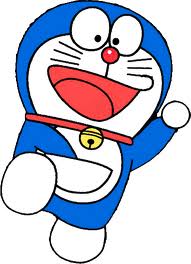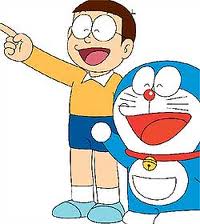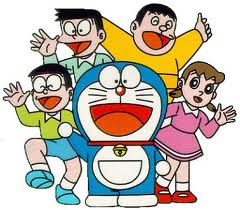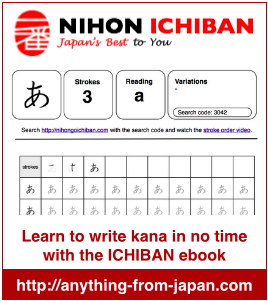Christmas and New Year (oshougatsu / お正月)
 In America, people gather with family and friends to celebrate on Christmas Day. It’s also the season to start shopping for Christmas gift exchanges. Department stores and malls start to sell the Christmas stuff in November. It is the most festive time of the year. In fact, I have not even started shopping yet so I feel a little pressure around this time almost every year.
In America, people gather with family and friends to celebrate on Christmas Day. It’s also the season to start shopping for Christmas gift exchanges. Department stores and malls start to sell the Christmas stuff in November. It is the most festive time of the year. In fact, I have not even started shopping yet so I feel a little pressure around this time almost every year.
On the contrary to American Christmas traditions, Christmas in Japan is like Valentine’s Day. It is considered to be the most romantic day of the year in Japan. Couples usually dine at nice restaurants and enjoy the most romantic day. People even start looking for dates just before Christmas, so it is still one of the most celebrated holidays in Japan. Although Christmas is not an official holiday, towns are decorated for Christmas and department stores, especially jewelry stores, start Christmas sales. Typical Christmas gifts include jewelry and accessories, so it is a good time for jewelry market to maximize the Christmas market.
 New Years is celebrated differently in Japan and America. New Year’s Eve is called “oomisoka / 大晦日” and New Year is “Oshougatsu – お正月”. Traditionally Japanese people spend time with their family on New Year’s Eve. We used to get together on the New Year’s Eve to start cooking and watch Kouhaku utagassen (music contest with famous musicians on TV of new years eve only).
New Years is celebrated differently in Japan and America. New Year’s Eve is called “oomisoka / 大晦日” and New Year is “Oshougatsu – お正月”. Traditionally Japanese people spend time with their family on New Year’s Eve. We used to get together on the New Year’s Eve to start cooking and watch Kouhaku utagassen (music contest with famous musicians on TV of new years eve only).
 At midnight, we eat Toshikoshisoba / 年越しそば and then received Otoshidama / お年玉 from my grandparents and relatives and then we went to a neighborhood temple to drink Amazake 甘酒 and drew a sacred lot (omiguchi おみくじ) to try our luck for this year. I remember being delighted when I got Daikichi (an excellent luck) because it meant that my new year will bring me a great luck.
At midnight, we eat Toshikoshisoba / 年越しそば and then received Otoshidama / お年玉 from my grandparents and relatives and then we went to a neighborhood temple to drink Amazake 甘酒 and drew a sacred lot (omiguchi おみくじ) to try our luck for this year. I remember being delighted when I got Daikichi (an excellent luck) because it meant that my new year will bring me a great luck.
It is very interesting to learn how we celebrate major holidays, Christmas and New Year, differently around the world. This year, I will exchange gifts with family and have Christmas dinner here in America. I hope to spend the next new year with my family in Japan though!
How do you celebrate New Year in your country? Share it with us and write a comment.
 Click here if you want to read more posts from our guest author Yumi.
Click here if you want to read more posts from our guest author Yumi.









